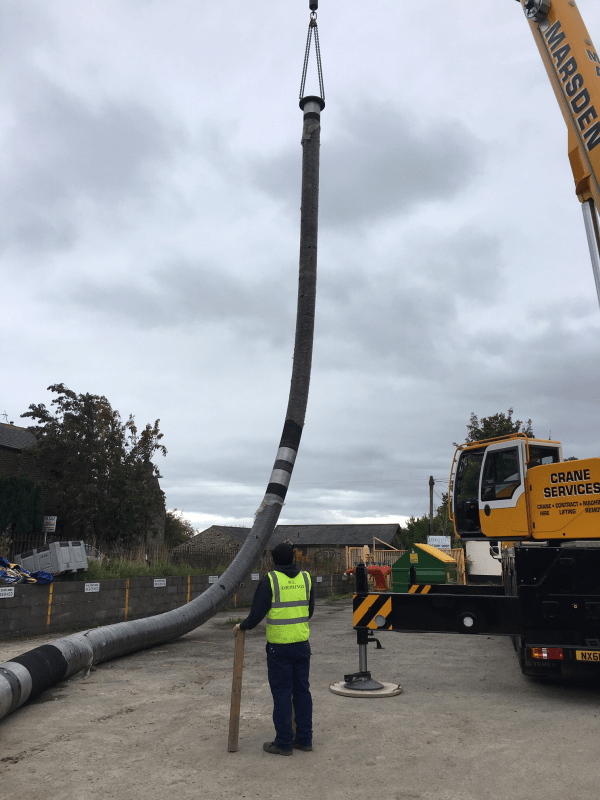Hello, My client wishes to Hydro pressure test a subsea pipeline at 700 mtr deep, he wants to connect a rubber flexible riser (flooded) to the pipeline. he wants to test at 70 bar.
the rubber hose is rated at 85 bar max W.P. with 2:1 safety
what pressure needs to be injected at the surface to test the subsea pipe to 70 bar ?
the rubber hose is rated at 85 bar max W.P. with 2:1 safety
what pressure needs to be injected at the surface to test the subsea pipe to 70 bar ?

